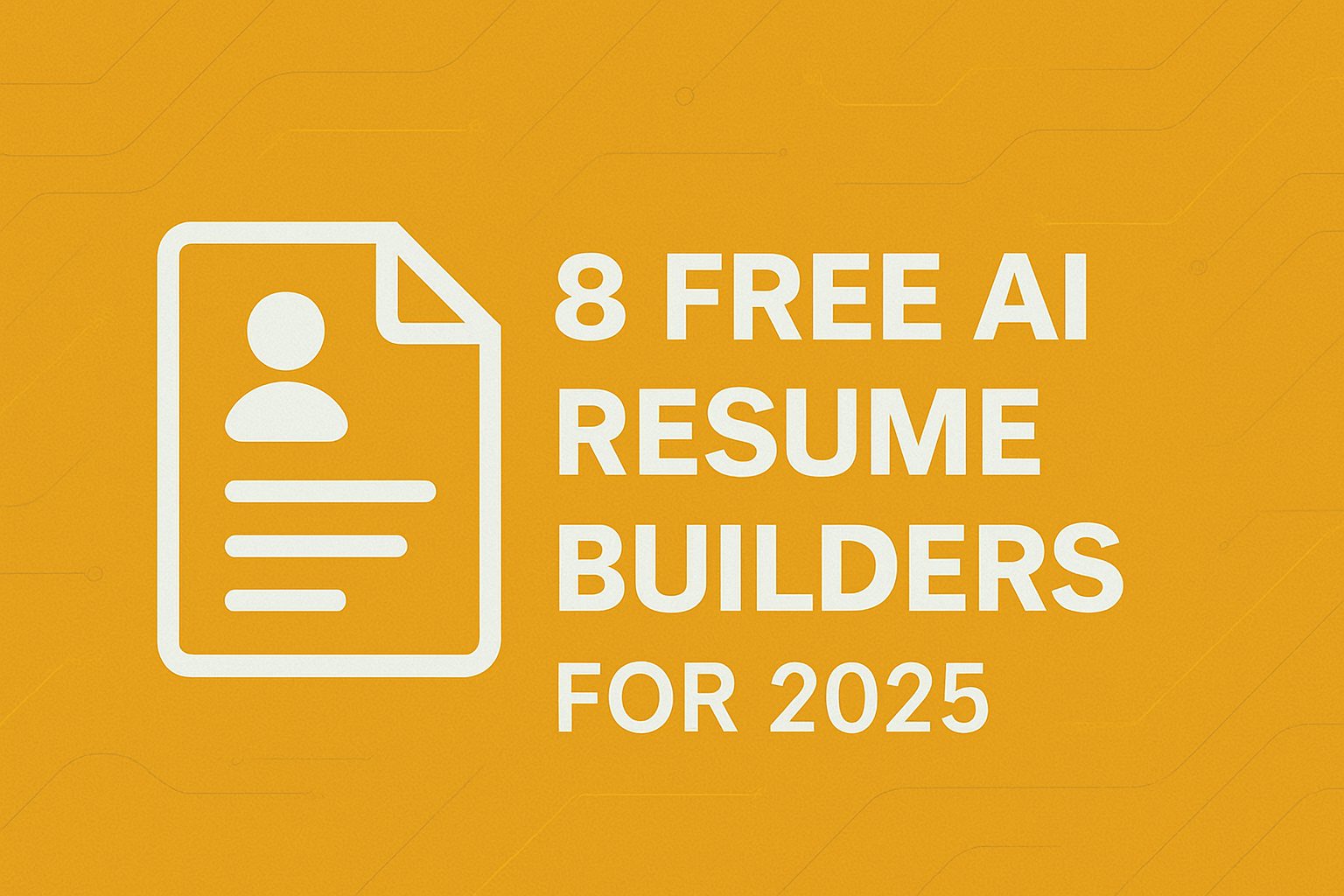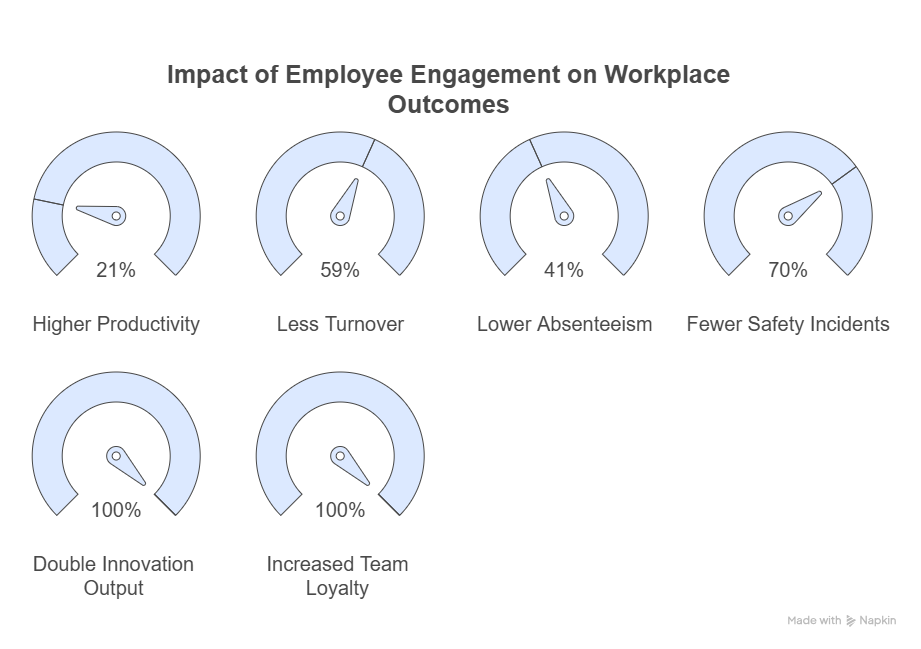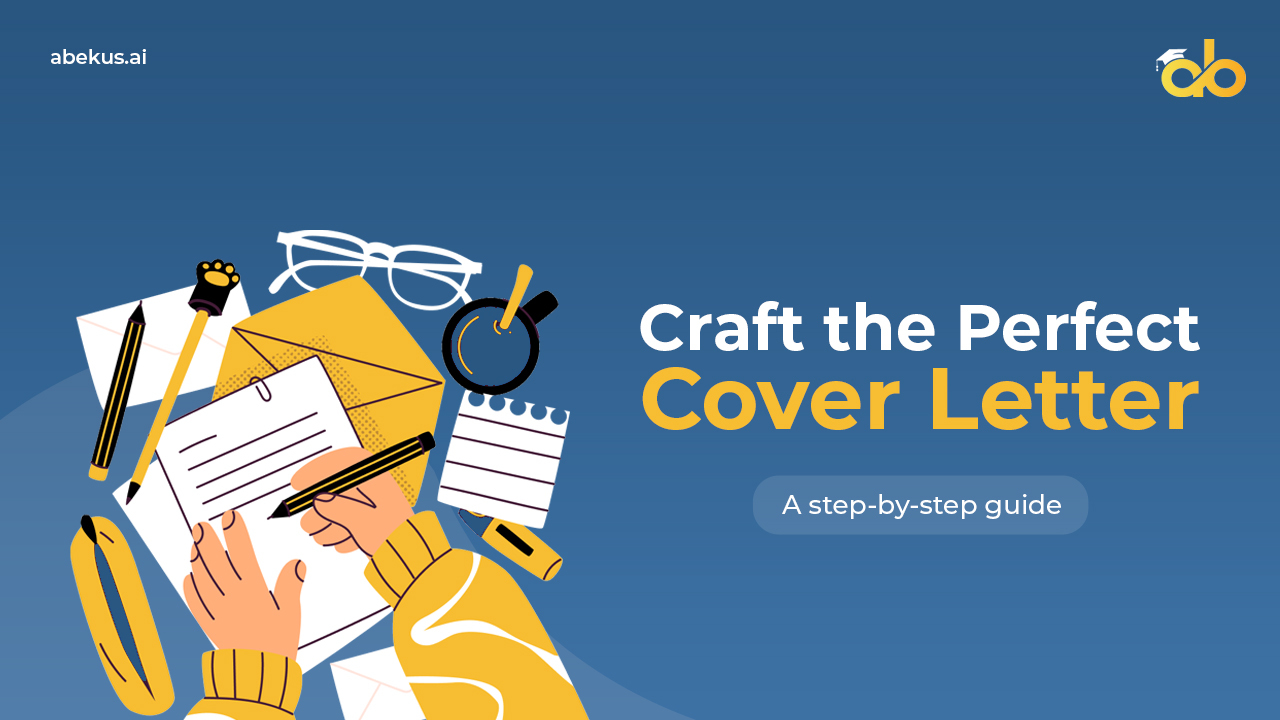Introduction
With the increase in the number of internet users, LinkedIn emerged as a leading platform to look for jobs. With millions of professionals using the platform daily, your LinkedIn profile acts as a digital resume, showcasing your skills, experience, and achievements to potential employers. Optimizing your LinkedIn profile is crucial if you want to stand out and increase your chances of landing your dream job.
Understanding the LinkedIn Algorithm
Before diving into the specifics of profile optimization, it’s important to understand how LinkedIn’s algorithm works. The algorithm determines which profiles appear in search results and how often your profile is suggested to others. Factors such as profile completeness, activity on the platform, and keyword optimization play significant roles in your profile’s visibility.
Crafting a Compelling Headline
Your LinkedIn profile headline is what people notice about you first, hence it is necessary to have it perfected. It should be more than just your current job title—it should reflect who you are and what you bring to the table. A compelling headline includes keywords relevant to your industry and highlights your unique value proposition.
Examples of effective headlines:
- “Creative Marketing Strategist | Expert in Digital Campaigns & Brand Development”
- “Data Analyst | Specializing in Predictive Analytics & Business Intelligence”
Writing an Engaging Summary
The summary section should be crafted with details about your professional career. It should be concise yet comprehensive, highlighting your skills, experiences, and what makes you unique. Use this space to showcase your personality and make a connection with potential employers.
Key elements of a strong summary:
- A brief introduction about who you are
- Overview of your career highlights and achievements
- Mention of your key skills and areas of expertise
- A call to action or your career goals
Mistakes to avoid in your summary:
- Writing in the third person
- Being too vague or using buzzwords without substance
- Focusing solely on your past without mentioning your future aspirations
Optimizing Your Profile Picture and Background Image
First impressions matter, especially on LinkedIn. A professional profile picture can significantly impact how you’re perceived by recruiters. Choose a high-quality image where you’re dressed appropriately for your industry, and make sure your face is visible.
Your background image is another opportunity to showcase your brand. Whether it’s a photo that represents your industry or a custom graphic with a professional message, choose an image that enhances your profile rather than detracting from it.
Enhancing Your Experience Section
The experience section is where you detail your past and current job roles. Instead of merely listing your responsibilities, focus on your achievements and the value you bring to each position. Ensure to have bullet points to highlight verbs and keep it clear and concise. Tailor your experience to the types of jobs you’re targeting, emphasizing the skills and accomplishments most relevant to those roles.
Highlighting Your Skills and Endorsements
Your skills section should reflect the core competencies that make you a valuable candidate in your industry. LinkedIn allows you to list up to 50 skills, but focus on the ones that best represent your expertise. Endorsements from colleagues and connections add credibility to your skills, so don’t hesitate to ask your network to endorse you.
Building a Strong Network
Having a robust network on LinkedIn not only increases your visibility but also opens doors to new opportunities. Connect with people in your industry, attend networking events, and engage with your connections’ content. The more active you are on LinkedIn, the more likely you are to be noticed by recruiters and hiring managers.
Related: Top questions asked during an Interview
Requesting Recommendations
Recommendations are powerful testimonials that can boost your credibility. A well-written recommendation from a former colleague, manager, or client can make a significant difference in how your profile is perceived. When asking for a recommendation, be specific about what you’d like the person to highlight, and offer to write a recommendation in return.
Showcasing Your Accomplishments
Adding certifications, awards, publications, and projects to your profile is a great way to demonstrate your expertise and commitment to your field. These accomplishments provide tangible evidence of your skills and can set you apart from other candidates.
Creating and Sharing Content
One of the most effective ways to increase your profile’s visibility is by creating and sharing content on LinkedIn. Write articles, share industry news, and comment on others’ posts to establish yourself as a thought leader in your field. Regular engagement with content keeps your profile active and helps you stay top of mind with your connections.
Utilizing LinkedIn’s Job Search Features
LinkedIn offers several tools to help you find and apply for jobs. Set your job preferences and turn on job alerts to get notified about new job openings. You can also use the “Open to Work” feature to let recruiters know you’re looking for opportunities.
Making the Most of LinkedIn Groups
Explore LinkedIn groups, they are filled with professionals of similar interests or industries. Observe and take part in discussions. Not only does this expand your network, but it also positions you as an engaged and knowledgeable member of your professional community.
Analyzing and Improving Your Profile’s Performance
LinkedIn provides analytics that shows how many people have viewed your profile and where those views are coming from. Regularly review these analytics to understand what’s working and what isn’t. Adjust your profile and activity based on this data to continually improve your visibility and engagement.
Conclusion
Optimizing your LinkedIn profile is an ongoing process that requires regular updates and engagement. By following these tips, you can create a profile that not only stands out but also attracts the right job opportunities. Remember, your LinkedIn profile is more than just an online resume—it’s a powerful tool for personal branding and career advancement.
FAQs
How Often Should I Update My LinkedIn Profile? It’s a good idea to update your LinkedIn profile every few months or whenever you have new achievements, skills, or job experiences to add.
What Should I Do if I’m Not Getting Profile Views? If your profile isn’t getting views, consider optimizing your headline and summary with industry-specific keywords, engaging more with content, and expanding your network.
How Can I Improve My LinkedIn Headline? Focus on including keywords relevant to your industry and showcasing your unique value proposition in your headline.
Is It Important to Have a Customized URL for My LinkedIn Profile? Yes, a customized URL makes your profile look more professional and is easier to share on resumes and business cards.
How Can I Make My Profile Stand Out to Recruiters? To stand out, ensure your profile is complete, highlight your accomplishments, engage regularly on the platform, and ask for recommendations from colleagues.






